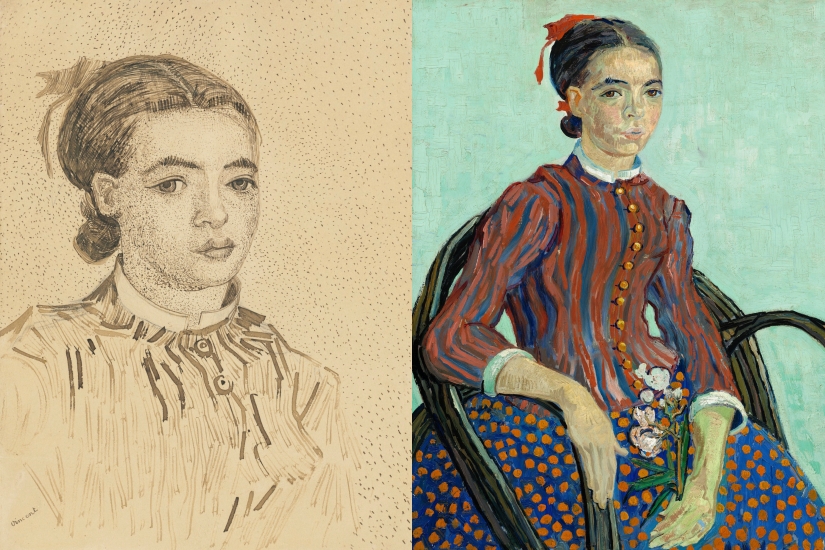Christie’s will present “Family Collection: From Van Gogh to Freud’s Works on Paper” in New York on March 1, kicking off the evening auction of modern British art in London. For this special New York auction, Christie’s will bring a series of precious works on paper from a single collector, spanning generations of art masters such as René Magritte, Lucien Freud, Henry Moore, Augustus John, and others. The aim is to provide collectors with a more profound top collection with this batch of exceptionally well-preserved and rare masterpieces.
However, among the many masterpieces captured in this New York auction, the most eye-catching piece is undoubtedly the 1888 paper work by the genius painter Vincent Van Gogh – “La Mousmé”. According to Christie’s data, the estimated value of “La Mousmé” is between $7 to $10 million USD. The auction house, collectors, and the art world all believe that this auction is likely to break historical records and become the highest-priced Van Gogh’s hand-painted work ever sold. Why is this piece, which is neither a self-portrait nor a flower painting, able to compete for the title of “highest-priced Van Gogh work sold”?
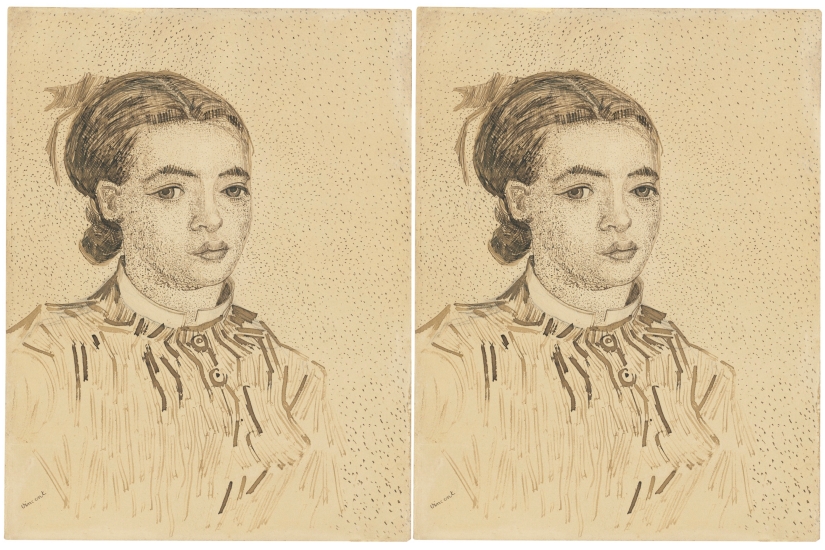
“The Half-Length Portrait of Mousmé” is one of Vincent van Gogh’s groundbreaking works created with a reed pen, showcasing his innovative painting techniques, strokes, and lines that reflect a keen sense of touch, as if dancing on paper, leaving viewers in awe. The piece highlights van Gogh’s innate talent for capturing the spirit of the characters, with his models being young, innocent, and captivating, exuding an immortal aura. The original title of the artwork, La Mousmé, has also been a subject of much discussion and research over the years, stemming from the term “mousmé” that van Gogh borrowed from the 19th and 20th-century French Romantic “exotic” literature by Pierre Loti in his work Madame Chrysanthème, which tells the story of a naval officer marrying a Japanese lady. Pierre Loti further explained the literary work by stating, “Mousmé means a young girl or a very young lady. It is the prettiest word in the Japanese language; it is like a reflection of moue (French) and frimousse combined.” Therefore, many scholars believe that the meticulous craftsmanship in “The Half-Length Portrait of Mousmé” combines van Gogh’s love for Japan, extraordinary drawing skills, and his passion for portraiture, establishing his style during this period.
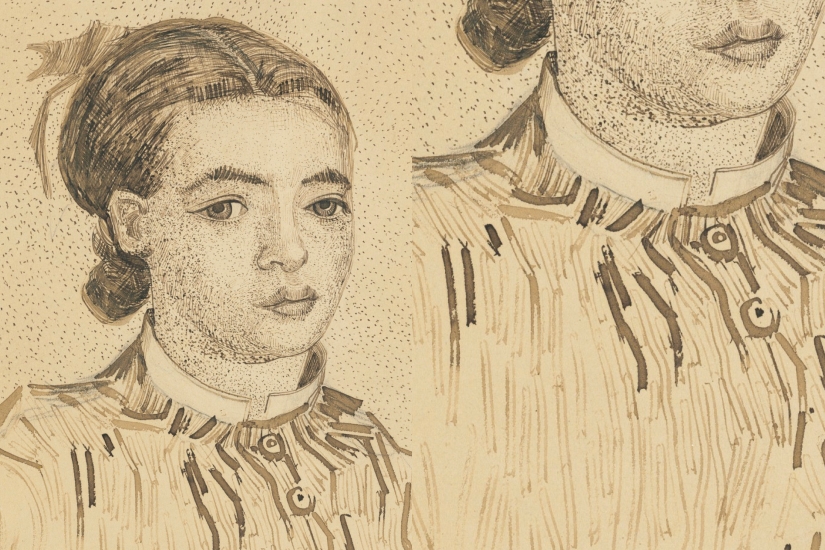
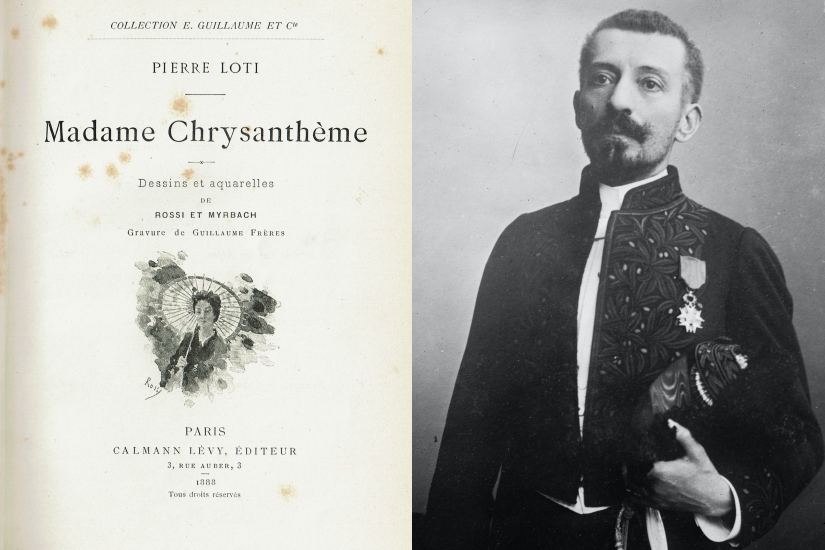
During the period when Van Gogh painted “Portrait of a Half-Length Figure of a Mosme,” it was one of the most discussed stages in his life by future generations. In the summer of 1888, which was the late period of Van Gogh’s life, he was struggling with mental illness after moving to the outskirts of Arles. At that time, Van Gogh, who lived in a local yellow house – which was the subject of the painting “Yellow House” – wrote a personal letter to his brother Theo while painting “Portrait of a Half-Length Figure of a Mosme” to share his feelings at the time: “This (Portrait of a Half-Length Figure of a Mosme) took me a whole week, I couldn’t do anything else, and I felt very uncomfortable again. This troubles me a lot, if I were well, I could have completed several landscape paintings in this week. But in order to complete Mosme, I need to save my mental strength. Mosme is a Japanese girl, about 12 to 14 years old.”
Afterwards, Van Gogh wrote another letter to his friend Emile Bernard, detailing the specifics of the painting, from the eyes, hair color, eyebrows, to the texture of the background colors, and even Mosme’s clothing and demeanor, allowing his friend to know of Mosme’s existence.
It is interesting that the “Portrait of Madame Trabuc” mentioned by Theo and Emile Bernard that day was a colored oil painting. A few days after the completion of the oil painting, Van Gogh used a reed pen to draw another larger portrait on paper, revealing Madame Trabuc’s expression more clearly. The modified almond-shaped eyes made Madame Trabuc look more like an Eastern (Japanese) woman compared to the oil painting version, and this is the “Portrait of Madame Trabuc” that will be auctioned this time. It is understood that later Van Gogh also secretly created two smaller paintings related to Madame Trabuc, one of which is in the collection of the Pushkin State Museum of Fine Arts in Moscow, and the other is owned by his Impressionist friend Paul Gauguin.
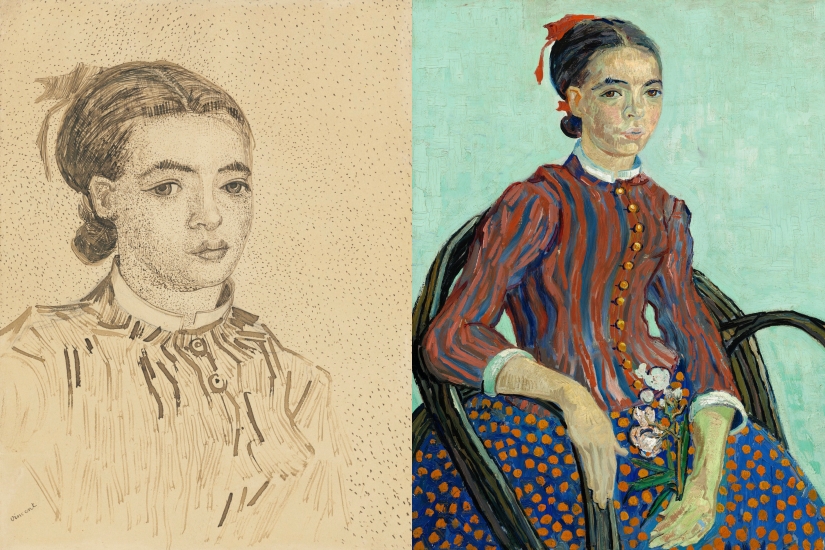
However, who is the Mosme in “Portrait of Madame Trabuc”? There have been various theories over the years. According to records, Danish painter Christian Mourier-Petersen completed a personal work titled “Young Woman in Arles” with the same woman (Mosme) a few months before completing “Portrait of Madame Trabuc”. It is said that this Danish painter introduced Mosme to Van Gogh, leading to the creation of “Portrait of Madame Trabuc”. Another theory suggests that Mosme is the daughter of the mill owner in Van Gogh’s painting “The Old Mill”; however, Van Gogh scholar and writer Bernadette Murphy argues that Mosme is the niece of the house cleaner Thérèse Balmossière in Van Gogh’s household, Thérèse Mistral. Nevertheless, none of these theories have been substantiated with concrete evidence over the years.
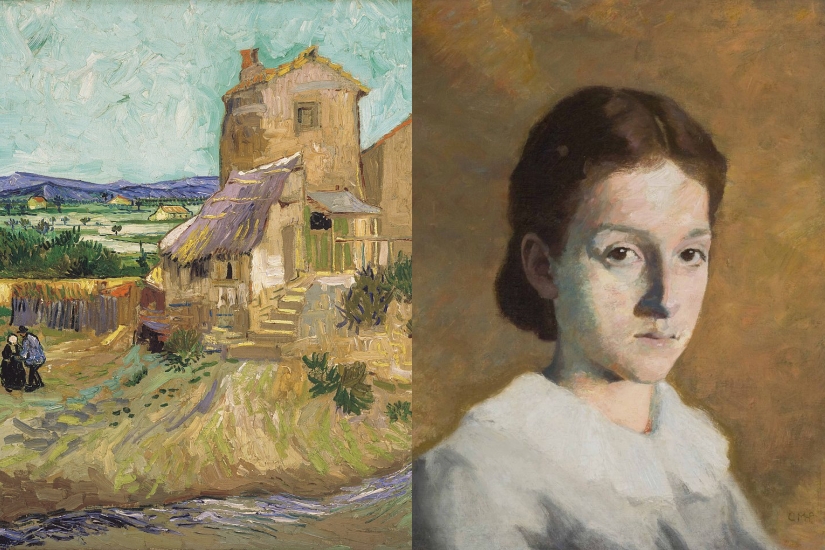
However, “Portrait of Mousme” was actually painted by Vincent van Gogh for his friend John Russell. After completing the work that day, Van Gogh immediately handed it over to Russell along with other important works created with pen and ink, including “The Seated Zouave” in the collection of the Guggenheim Museum in New York and “Joseph Roulin” in the collection of the J. Paul Getty Museum in Los Angeles. Van Gogh’s gesture was actually intentional, as he hoped that by giving “Portrait of Mousme” to John Russell, he would indirectly encourage him to purchase works by Paul Gauguin, so that he could earn enough money for train fare to come to the Yellow House. Despite his hopes, Paul Russell ultimately did not purchase any of Paul Gauguin’s works, but fortunately the latter was able to successfully arrive in Arles.
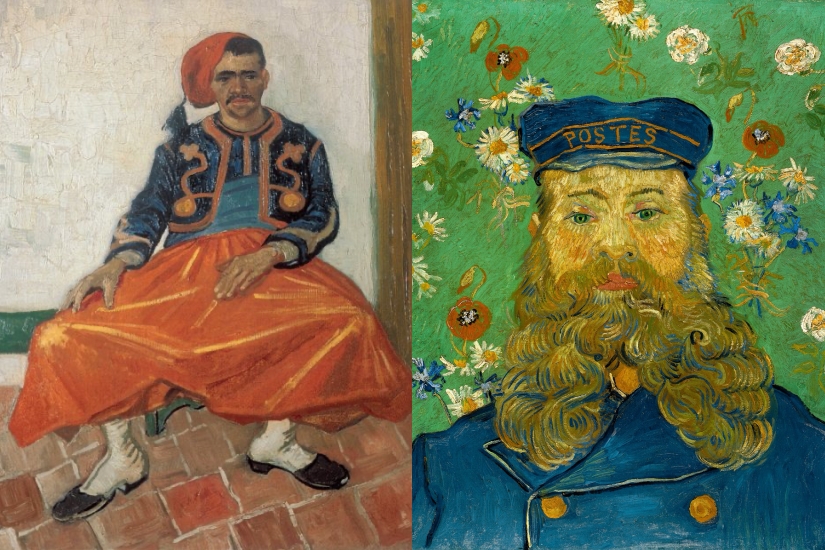
John Russell, who received “Portrait of Moesme” from Van Gogh, sold the painting anonymously around 1920 to Dutch banker Kurt Hirschland. During World War II, the Nazi army, known for looting Van Gogh’s works, took possession of “Portrait of Moesme” until the Stedelijk Museum in the Netherlands reclaimed the painting in 1943 and returned it to the Hirschland father and son in 1956. In 1983, Thomas Gibson, a friend of Kurt Hirschland and a prominent British art dealer, purchased “Portrait of Moesme” directly from him and kept it for private enjoyment. Gibson’s three sons later inherited the painting and it has been publicly displayed in recent years at the Metropolitan Museum of Art in New York and the Royal Academy of Arts in London, until its appearance at the modern British art evening auction at Christie’s this time.
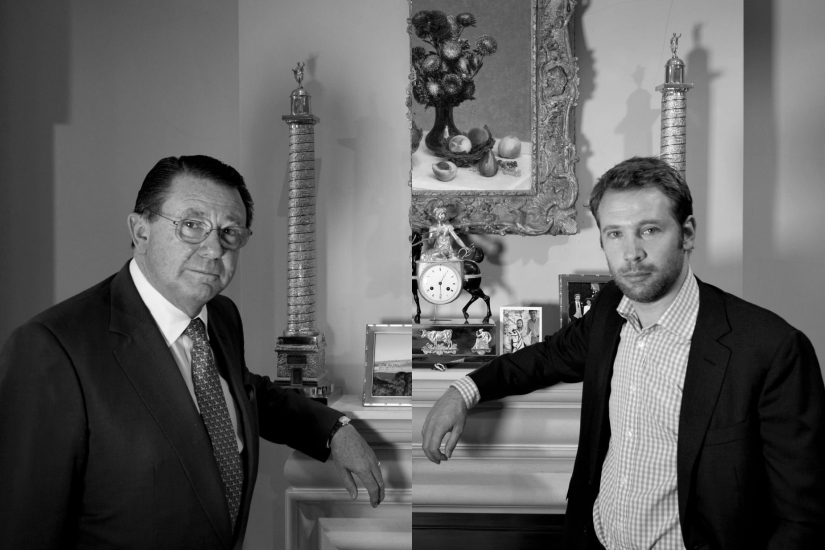
資料及圖片來源:Courtesy of Christie’s

